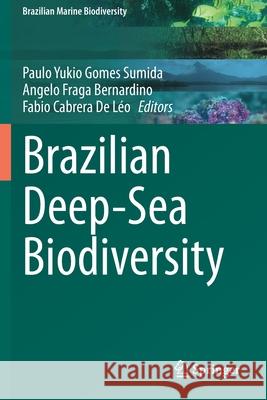Brazilian Deep-Sea Biodiversity » książka
topmenu
Brazilian Deep-Sea Biodiversity
ISBN-13: 9783030532246 / Angielski / Miękka / 2021 / 284 str.
Kategorie:
Kategorie BISAC:
Wydawca:
Springer
Język:
Angielski
ISBN-13:
9783030532246
Rok wydania:
2021
Ilość stron:
284
Waga:
0.40 kg
Wymiary:
23.39 x 15.6 x 1.52
Oprawa:
Miękka
Wolumenów:
01
Dodatkowe informacje:
Wydanie ilustrowane











